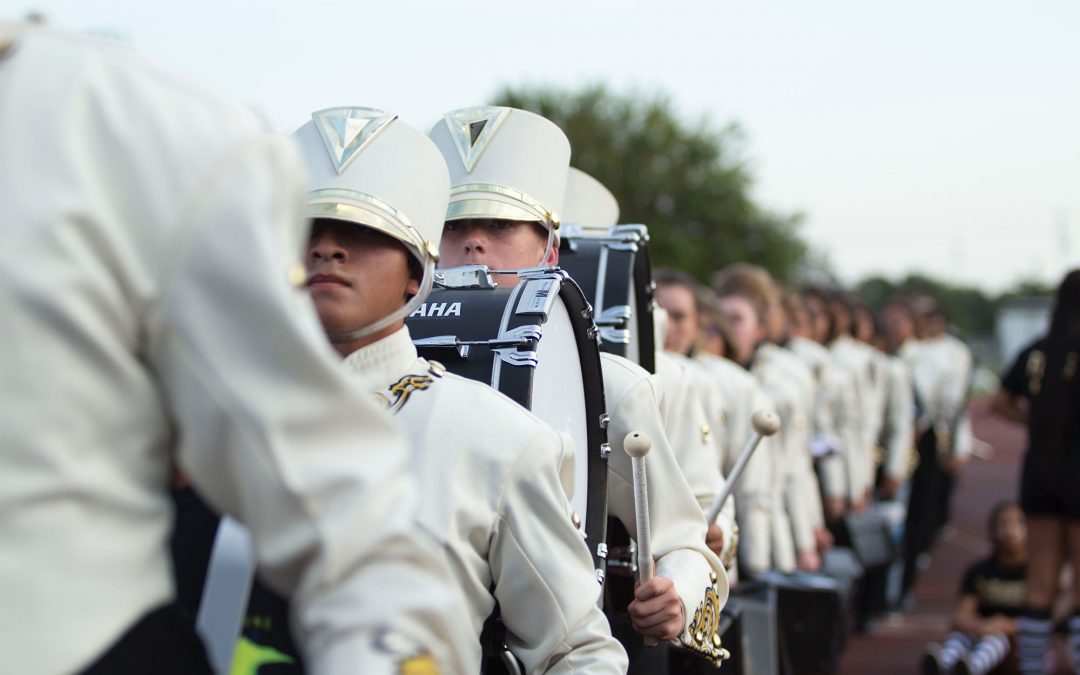TUTORIALS
Tip: Force the duration of notes
- Dorico uses musical rules to determine how durations are notated.
- These depend on things like meter and context, and can be set in Notation Options.
- You can override these settings for specific notes using Force Duration.
- Uncheck Force Duration to revert to Dorico’s default.
Tip: Create a vocal score layout with piano reduction
- Sometimes you may have a project for choir and orchestra, and need to produce a vocal score that contains a piano reduction. The piano reduction should not appear in the Full score.
- Add a new player and assign a piano to it. Create your piano reduction, perhaps using some of Dorico’s powerful editing features.
- In Setup mode, select the Full score from the Layouts panel, and in the Players panel uncheck the Piano player. This will mean the piano reduction is not shown in the Full score layout.
- Create a new Custom Score layout, give it a name, and check any player you want to appear. In this case, that would be all of the vocal players and the piano reduction. Remember also to check all flows you want to appear in the layout.
- Choose the Vocal score from the layout selector in the toolbar. You may need to make some changes to layout options in order to get the layout looking exactly how you want.

Marching percussion template for Tapspace Virtual Drumline
Update January 2024:
There are now Marching Percussion Basics sounds included with Dorico 6, and a full VDL template is now available for purchase as a third-party add-on to Dorico from Eric Kruse on the Score Sauce website. Please visit for details and pricing or any questions.
Tip: Requantize parts of a recording to notate tuplets
- Remember to set the Quantization Options before starting real-time recording.
- Unless your recording will contain mostly tuplets, I suggest disabling Detect tuplets.
- Once you have recorded you music, select any notes that should be written as tuplets (holding down Ctrl/Cmd to add to the selection).
- Go to Edit > Requantize… and choose the relevant settings for your performance (this will include enabling Detect tuplets if you are wishing to requantize those notes as tuplets).
- Press OK, and the selected music is requantised using the new settings. You can do this as much as you need across an entire performance in order to achieve the correct notation.
Tip: Convert the first bar of a flow into a pick-up bar
- In Dorico, there is no penalty for changing your mind. If you decide that the first bar of your piece should be a pick-up bar, it is very easy to edit.
- Remove the unwanted time at the beginning of the first bar. You can do this either by using the System Track (hold down Alt/Option in order to be able to select beats rather than bars), or by using the Shift+B Bars and Barlines popover. The syntax for removing time is a minus sign followed buy a number and the unit (q = quarter note, e = eighth note and so on).
- Edit the time signature/meter to include a pick-up bar by double-clicking it, and adding the number of beats the pick-up should have after a comma.
- It doesn’t matter which order you perform these two actions.
